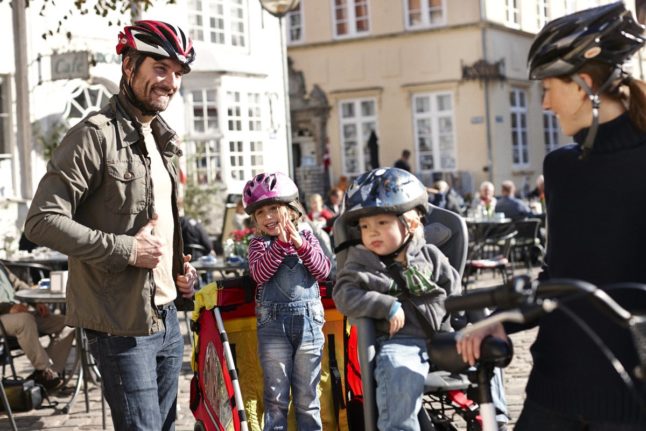The company was found guilty at Copenhagen City Court of transporting 35 passengers without valid Covid-19 tests on a flight to Copenhagen Airport in spring 2021.
The passengers were on a flight from Mallorca, where they transferred at Copenhagen Airport before continuing to Stockholm.
SAS had been accused of similar violations involving individual passengers on other services, but was only found guilty in relation to the Mallorca flight.
READ ALSO: EXPLAINED: How SAS’s decision to switch airline alliance will affect travellers
The airline had asked to be acquitted by the court, arguing there were a “long series of strong legal reasons” for this.
The prosecution had asked for a fine of 913,500 including the other cases which were not proven.
On the flight for which SAS was found to have violated Covid-19 travel restrictions which were in force at the time, 35 people flew from Palma Mallorca to Copenhagen, from there they waited for transit to Stockholm. They did not have negative Covid-19 tests taken within a recent enough time frame (under 24 hours was the requirement at the time).
SAS argued that the circumstances surrounding the flight were extraordinary: that the flight change in Copenhagen was only necessary because a direct Palma-Stockholm service had been cancelled.
An internal email presented by the company showed that passport control had approved the passengers’ test status over the phone.
But even if such a message had been given by passport control, it was not valid justification for allowing the passengers to board because it was not in line with the law, the prosecution said during an earlier stage of the trial.



 Please whitelist us to continue reading.
Please whitelist us to continue reading.
Member comments